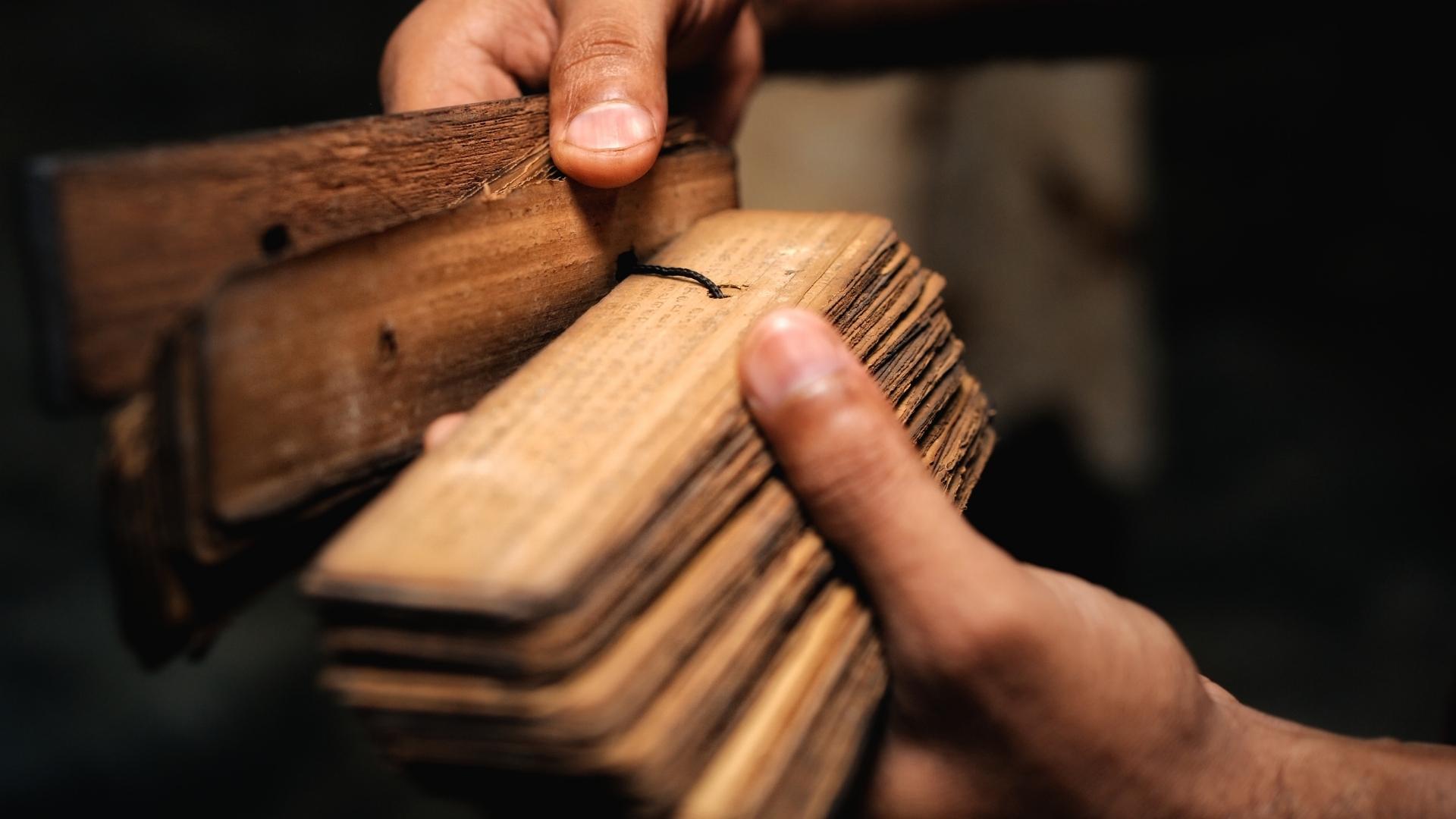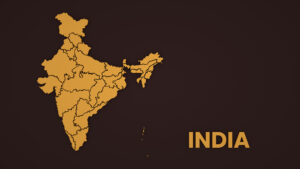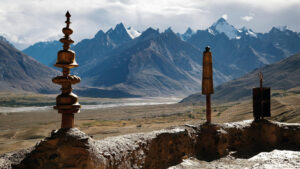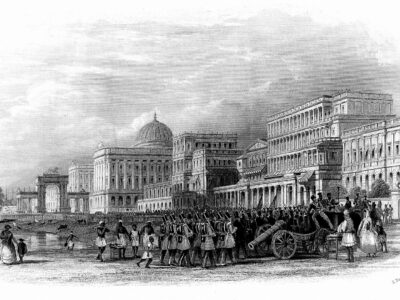Sanskrit is the oldest spoken language in the world; In Hinduism, Sanskrit is often called “Devabhasha” meaning “Language of Gods”. Rig Veda is the oldest among all Vedas written in Sanskrit and according to some Vedic scriptures or Puranas, it is considered that Vedas are as old as Gods themselves and were orally imparted. However, this enlightened modern world believes in science and scientific evidence rather than relying on a sense of spirituality. The most earlier work of Indian literature is Rig Veda, a canonical Hindu text containing hymns and prayers which are dedicated to various Hindu Gods & Goddesses that were composed somewhere between circa 1500 to 1000 BCE. The other earliest works followed by Rig Veda are Yajur Veda (circa 1200 to 800 BCE), Sama Veda (circa 1200 to 1000 BCE), Atharvana Veda (circa 1000 to 900 BCE) and other Upanishads.
In the pre-classical period (600 BCE to 250 CE), the two great epics i.e., Mahabharata and Ramayana contributed to the Indian literature and were categorized as “Epic Sanskrit Literature”. The emergence of great scholars, poets and dramatists in the classical age such as Panini (Ashtadhyayi – the oldest linguistic and grammar text in Sanskrit), Kalidasa (known for his literary works like Abhignanashakuntalam, Kumarasambavam, Raghuvamsa, Meghadoota, Malavikagnimitram, Vikramorvasiyam, Ritusamhara, Shyamala Dandakam and Sringaratilaka), Manusmriti, Chanakya (Arthashastra and Neetishastra) and many other works during this period added more richness to the Indian literature.
The other religions like Jainism and Buddhism also played a crucial role in Indian literature. Jainism contributed many literary works such as Gaha Kosa, Harivijaya, Ravanavaho, Tarangavati and other notable works in Prakrit (one of the oldest Indian languages similar to or derived from Sanskrit), and Buddhism added their literary works written in the Pali language. In South India, ancient Tamil scholars like Thiruvalluvar and Mamulanar wrote many works in various disciplines and were classified as Sangam literature.
In the post-classical period, Pampa, Ranna and Raghavanka in 600 CE in ancient Kannada, Buddhist Charyapada (hymns) written in Bengali & Assamese around 800CE, Vachanas written in Kannada by Akka Mahadevi, Basavanna and Allama Prabhu in 1200 CE, Saint poets like Dyaneshwar, Tukaram, Ramdas and Eknath Marathi contributed many works mostly based on Hindu epics between 1250 CE to 1700 CE, Danavakyavali (by Vidyapati) written in the Maithili language around 1400CE and gradually the literary works in other Indian languages like Telugu, Gujarati, Assamese, Bengali, Odia and others appeared from the colonial period.









